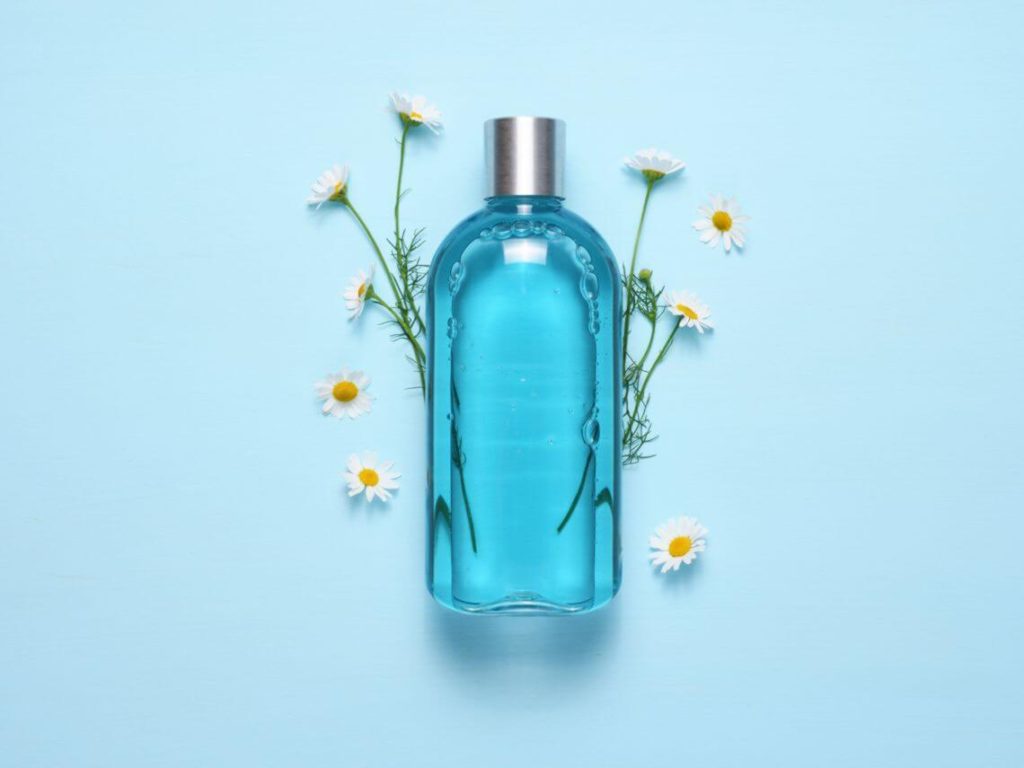We are living in a time where consumers are calling for companies to be more sustainably responsible. The materials to create the product, the packaging, and the supply chain structure are being reevaluated to be more eco-friendly. Many consumers are interested in products that use styrofoam alternatives that aren’t harmful to the environment.
The cosmetic industry is one area of business that is becoming heavily invested in integrating sustainable components into their product designs. This is apparent in their eco-friendly packaging and is why we’ve compiled 4 cosmetic packages that stand out for their sustainable designs.
Paper-Based Packaging
In 2019, a popular cosmetics brand, L’Oreal announced its plan to create a paper-based tube.
Made from bio-based and certified paper-like material, the design was developed to replace the majority of the plastic being used in their product lines. L’Oreal packaging and development vice-president, Philippe Thuvien, said this has been in the works for over a decade, and they are excited to launch this new technology based on certified paper.
Expand Your Packaging with Balloon-Based Solutions
Innerbottle, a South Korean based company, launched a crowdfunding campaign in June 2019 to promote their bottles that use silicon balloons as containers.
The packaging works like this: the BPA-free balloon is placed inside a paper bottle and attached to a pump that is used to dispense cosmetics. The amazing part? When products are pumped out, it leaves behind 2% of residue, an incredible number compared to the 30% other traditional packaging formats leave.
Mind Your Beeswax
One Central Saint Martins postgraduate launched its own unique eco-friendly packaging container that doesn’t rely on any plastics, paper, or traditional materials. Mi Zhou, created Soapack, a small company that creates vegetable oil-based soap that is dyed using pigments from minerals, plants, and flowers, and is formed in a mold to create a bottle.
A thin layer of beeswax is then used to line the bottles to ensure they are waterproof and prevent any liquid contents from dissolving the bottles before they are used up.
The packaging is designed to melt away on contact with water and with use. Mr. Zhou had this to say about traditional and eco-friendly packaging: “Product packaging has always been thrown away, no matter how well-designed or what material it is made of. I want to re-evaluate what packaging could be as well as help us to reduce our plastic footprint.”
Paint It Black
Black plastics have notoriously been difficult to recycle. This is mainly due to material recovery facilities (MRFs) inability to detect “carbon black pigments”.
In 2019, Unilever said it has developed a special type of black pigment that can be detected by MRFs’ infrared lights. These new pigments can be found in its TRESemmé and Lynx product lines, claiming an additional 2,500 tons of plastic can be properly sorted and sent for recycling in the UK alone.
The company has said the technology will be made accessible for others in their industry to use, as well as other markets around the world.
Become eco-friendly with Pioneer Packaging
For more than 35 years, Pioneer Packaging has been a leader in providing eco-friendly solutions to a large range of industries. We strive to provide excellent service to every client we’re involved with. Contact us to learn how we can get your product noticed by the people who matter.
